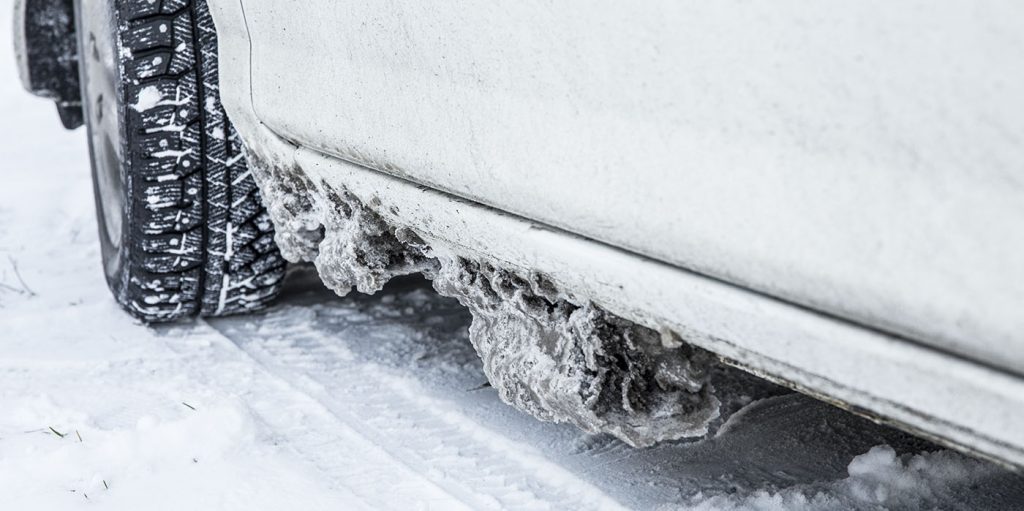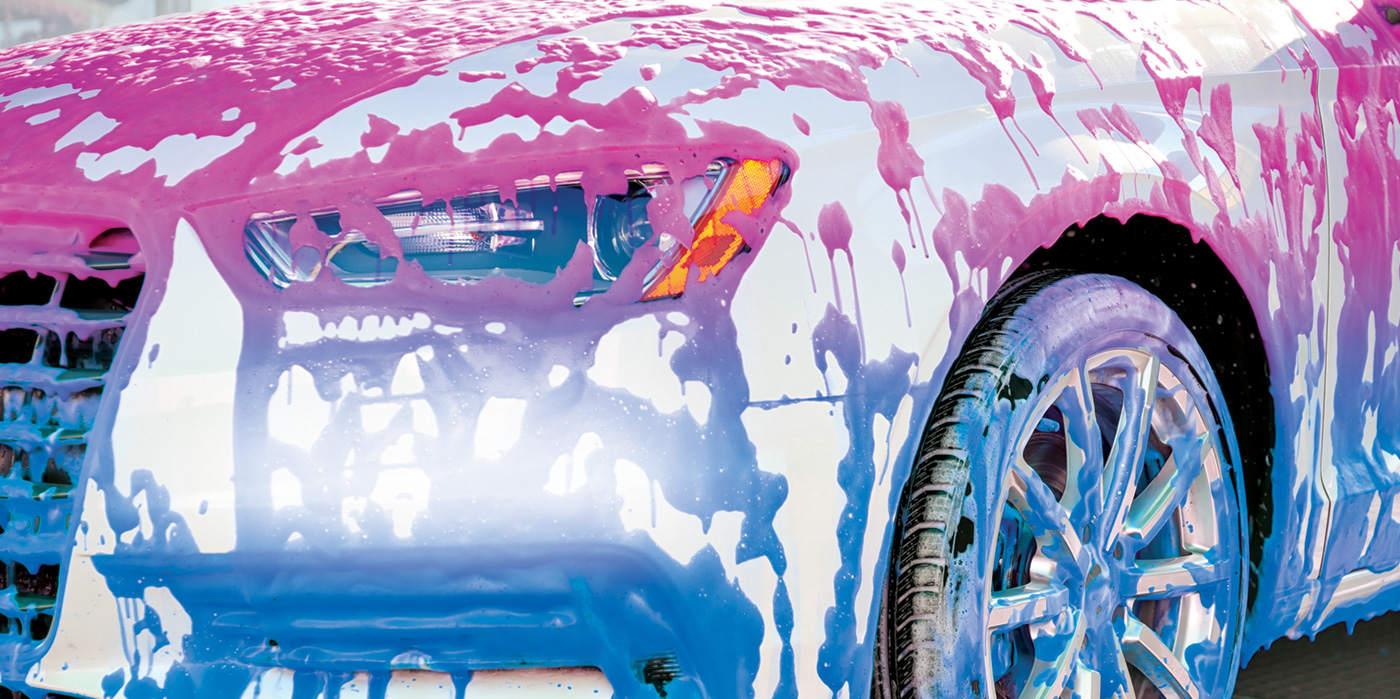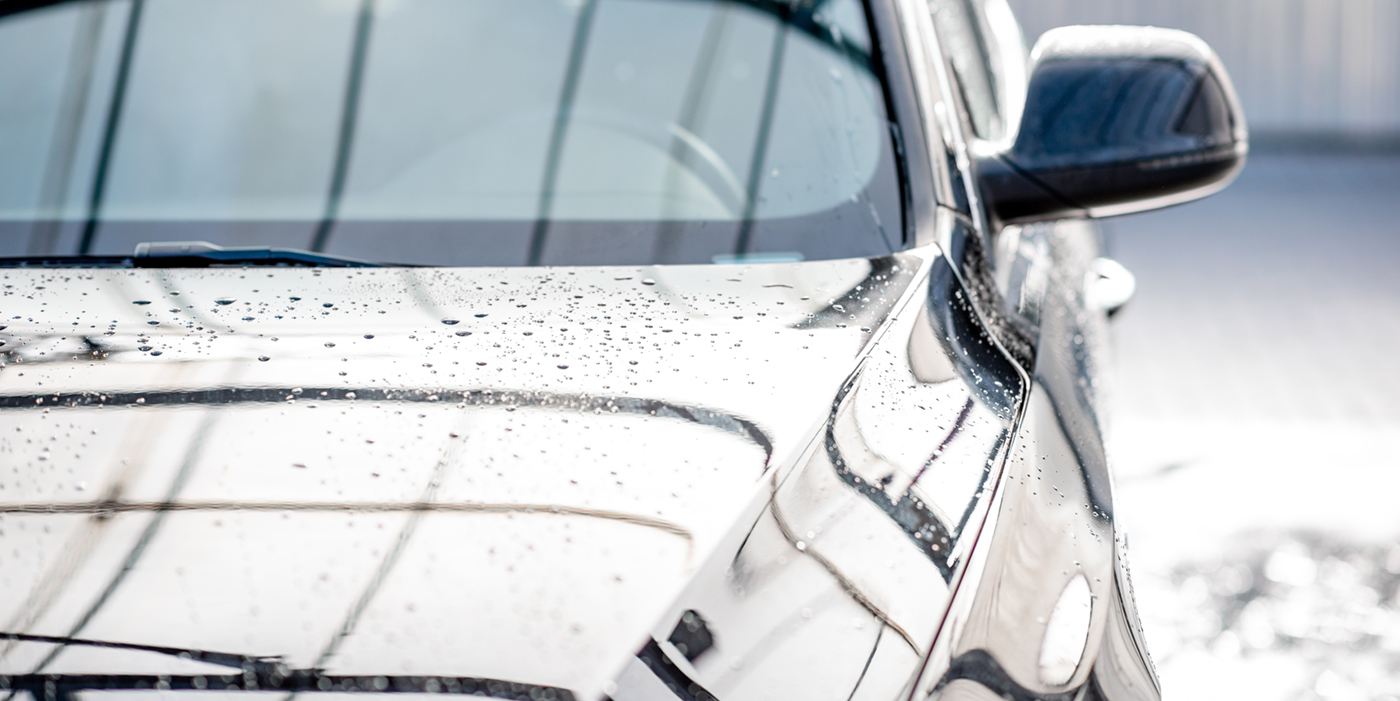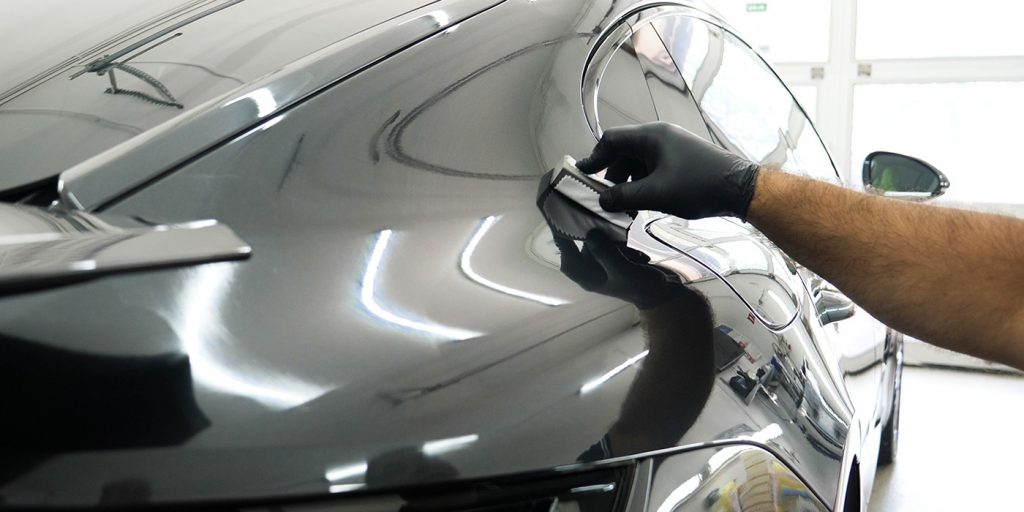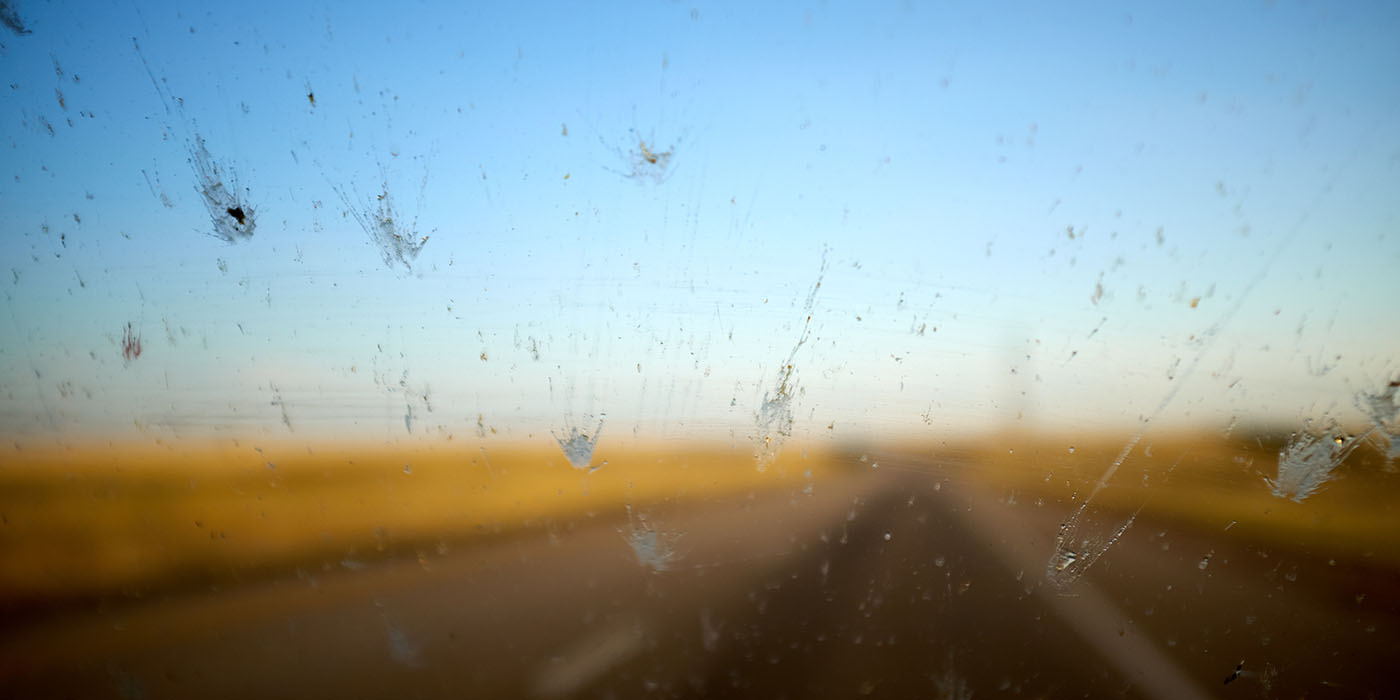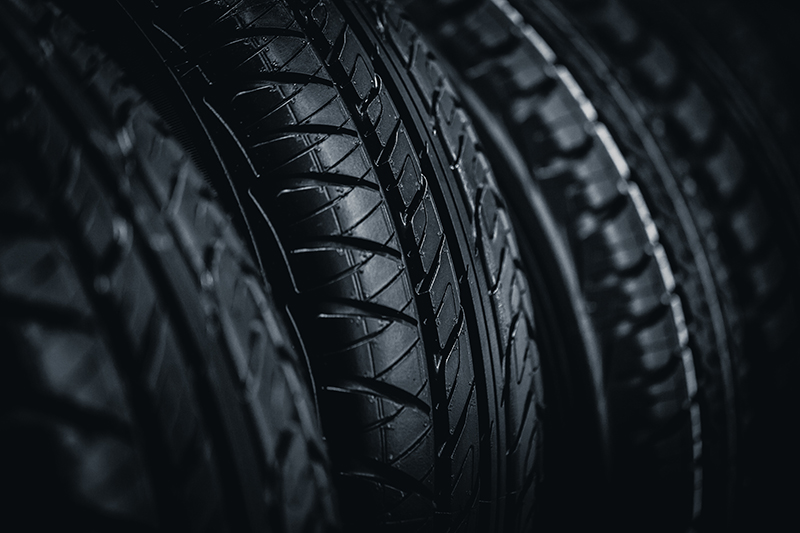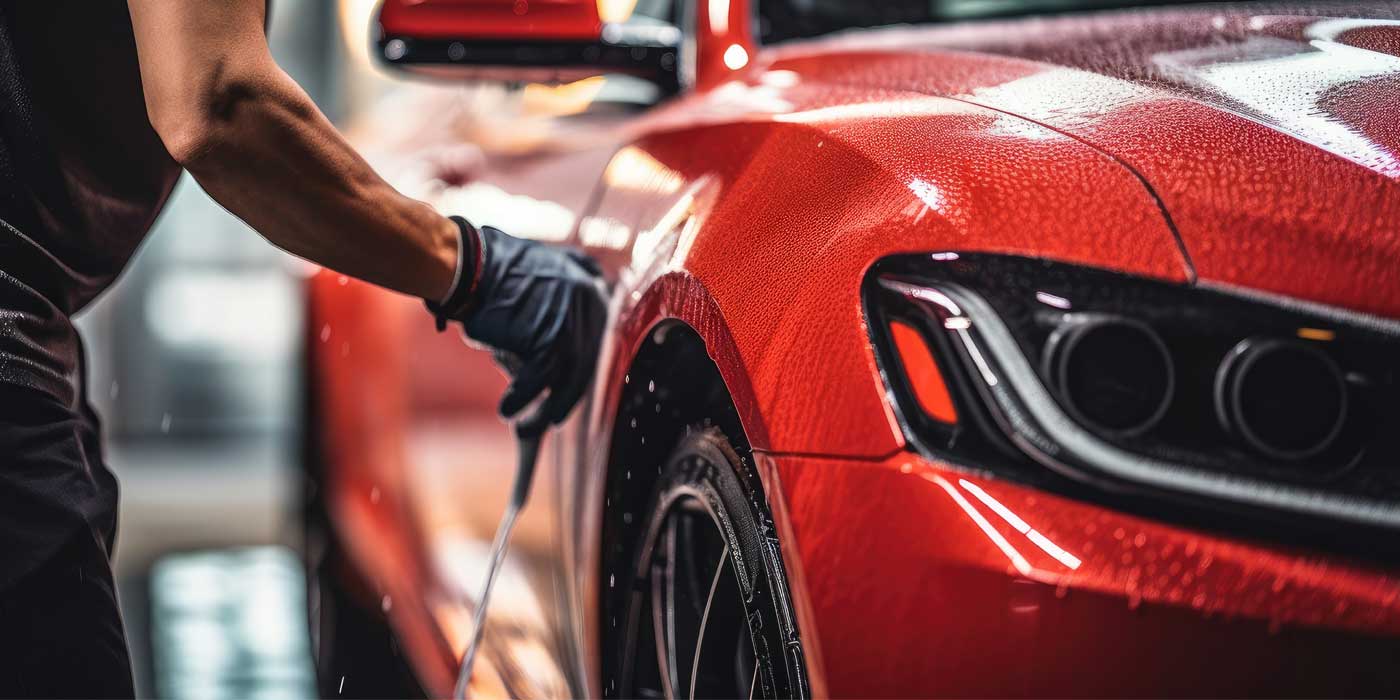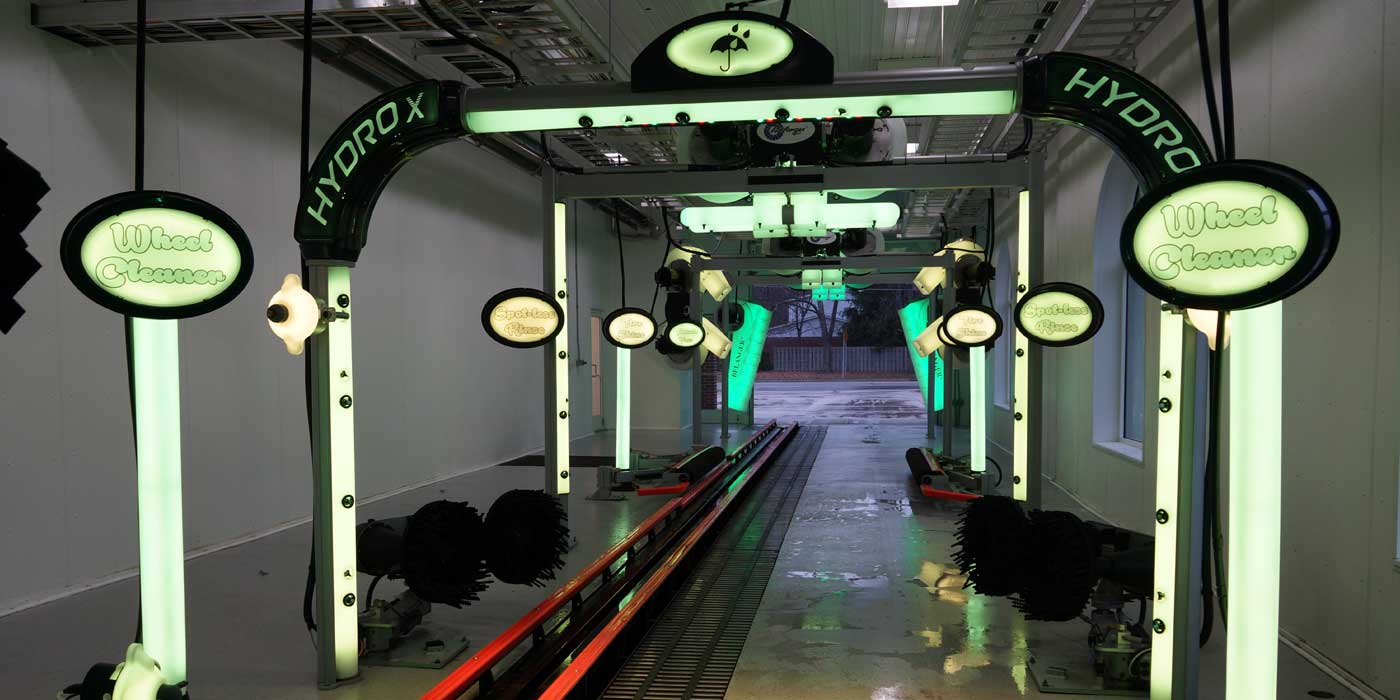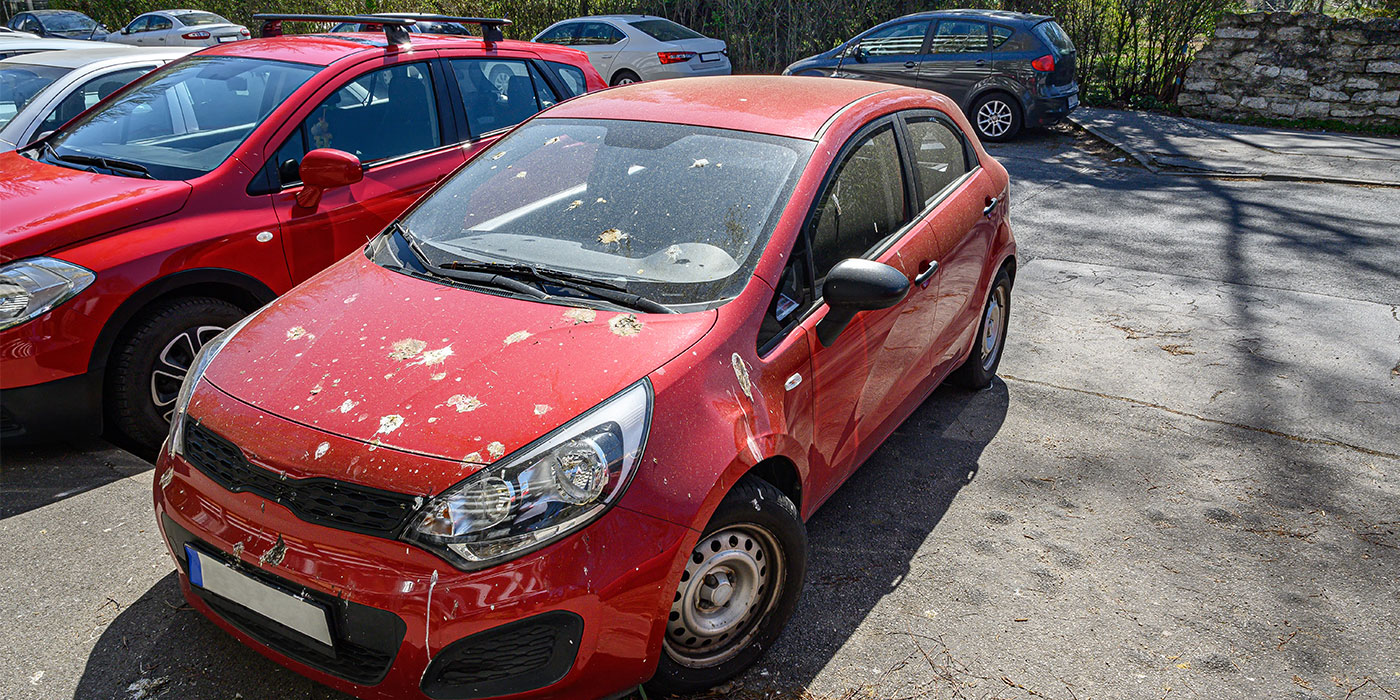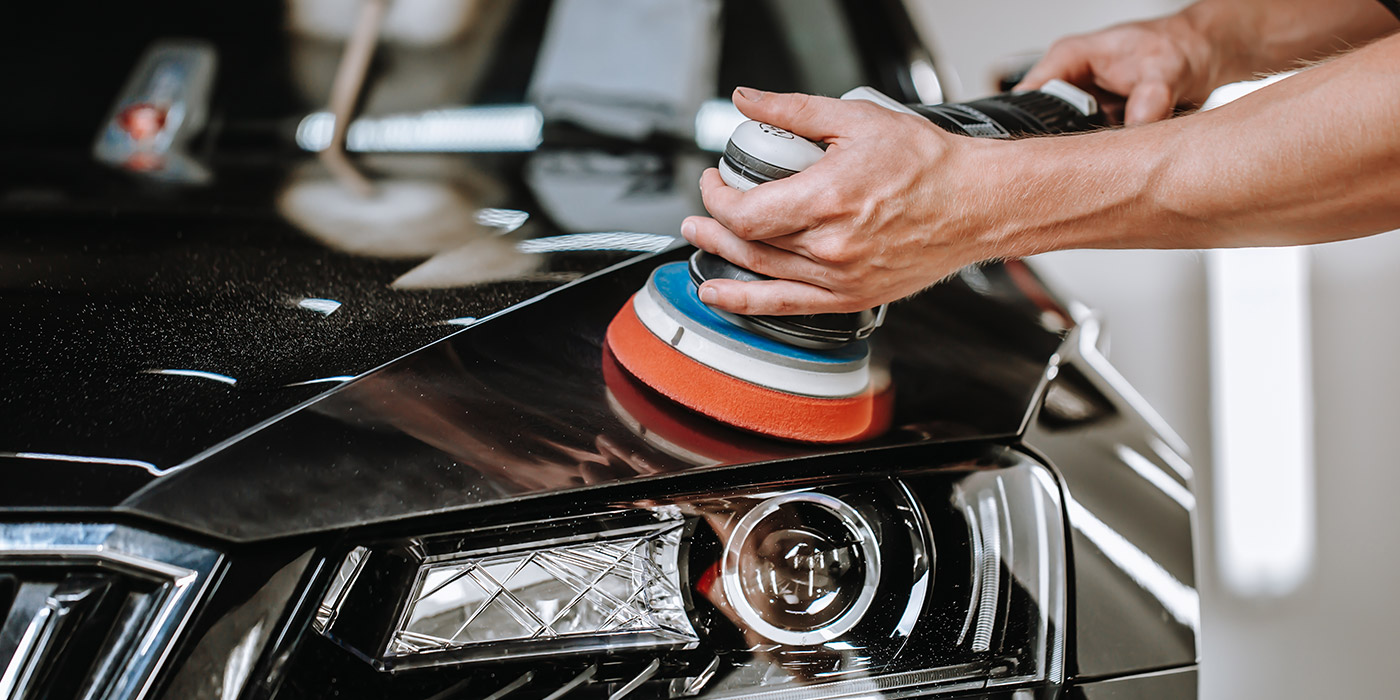During icy, freezing temperatures, salting or chemical application to roads is a regular occurrence in many areas. While these applications make driving possible during long rounds of winter weather, the salt and other chemicals can create severe problems for vehicles, drivers and carwash operators alike. Developing rust becomes a destructive force when road salt is allowed to remain on vehicles’ undercarriages and surfaces, and an influx of chemical-heavy wash and rinse cycles can affect a car care facility’s overall performance.
No time to read this article? Listen instead!
Even so, preventing unchecked vehicle damage caused by salt-covered roads is one of the most important reasons many customers frequently visit carwashes. In areas where hazardous road conditions are the norm during winter months, some carwash operators make a nice living battling the negative effects of road treatments. Find out how carwashes in these locations can fully clean and protect vehicle undercarriages and surfaces even during the coldest winter months.
Damaging factors
A number of factors can cause troublesome damage during the typical winter. Salt buildup on vehicle surfaces is corrosive, and the sand, dirt and snow that accumulate can trap moisture in wheel wells and underbody structures, according to Dan Kramer, technical director with Stone Soap Co. Inc. Stones and rocks can further chip any underbody protection.
Kramer reveals that, according to a leading consumer magazine, rust can start when a vehicle’s built-in, protective underbody layers are breached. Also, the mud, sand and salt get stuck in the hard-to-clean recesses of a vehicle’s underbody. Unfortunately, this all happens where vehicle owners cannot see the potential for damage.
Automotive manufacturers have made great strides in protecting the underside of vehicles, but these areas are exposed to the worst conditions that roads have to offer, Kramer notes. Any driver can see the dirt on a vehicle, but the underbody areas are not readily visible. Here, “out of sight, out of mind” often comes into play.
Related: Car rust: prevention and removal strategies
Jaimie Sokolski, sales manager with Mosmatic Corp., agrees that the salt and other chemicals in use during winter can get up in the chassis and into the nooks and crannies that are not easy to clean. This material — left on the undercarriage — promotes corrosion in many areas, including the chassis, brakes, fuel lines and other components.
“Underbody concerns are so important that the National Highway Safety Traffic Administration has publicly recommended the use of an underbody wash to prevent deterioration of underbody components like brake lines and exhaust pipes,” Kramer says.
To avoid or at least mitigate any long-term corrosion to a vehicle, it is recommended that a driver frequently visit a carwash during the winter months, notes Sean McBride, director of key accounts with Cleaning Systems Inc. Ideally, the wash cycle will include an under-spray or undercarriage wash option.
Proper equipment prep
Before winter weather begins, McBride recommends a carwash operator, first and foremost, ensure that the undercarriage wash applicators are working. This includes visually inspecting the spraying process in the tunnel or bay. Next, check that the chemical pump and/or injector is operating correctly. Lastly, make sure the appropriate amount of chemical is being applied based on the manufacturer’s safety data sheet (SDS).
Sokolski also suggests that operators make sure the wash’s pumps are “up to snuff” with regular service. The pumps are critical, as they generate the effective results when it comes to undercarriage cleaning.
When a location runs a “ghost wash” before opening, the function of the underbody wash and underbody protectant applicator should be closely observed, Kramer states. Due to the position of the units, they are likely to become covered with debris, and the nozzles may become plugged. Because of this, the units should be brushed clean on a daily basis, and plugged nozzles should be cleaned with compressed air or by tapping them on a solid surface.
“Do not use a wire, paper clip or other metal implement to clear a plugged nozzle,” Kramer warns. “This changes the precision surfaces of the nozzle and leads to loss of cleaning power and water waste.”
Kramer also explains that the overlooked yet critical components of underbody wash systems are the nozzles. As the nozzles wear, they lose effectiveness, the spray pattern breaks down and water usage increases greatly. Operators should consider replacing underbody nozzles on an annual basis to ensure proper washing and to control water waste.
Critical chemistry
While water alone is a good soil-removing agent, a high-quality detergent will aid in breaking the surface tension of the soil under the vehicle, making the water usage much more effective. A neutral or slightly acidic detergent, used at a very low dilution, would be ideal for maximizing the efficiency of the system, according to Kramer.
Carwash chemistry is always important to promote a good, clean and final job; however, detergents can only do so much, Sokolski explains. Washes should also consider offering salt neutralizers, since residual salt and chemical can stay in a vehicle’s hard-to-drain areas. Neutralizers can also help if any residue left on the roads is picked up after a wash visit.
Related: Water’s role in the carwash
Many carwashes utilize chemicals that further aid the removal of salt from a vehicle’s surfaces and non-visible crevices or that help to create a protective barrier. McBride shares that it is important to know what type of chemicals are being used in the under-spray to confirm that not only salt, brine, etc., are being removed but also that a layer of protection is being applied. This process is commonly marketed as a “rust inhibitor” or “rust protectant.”
Most chemical manufacturers offer these liquid rust inhibitors for use in an undercarriage flush via tunnels and in-bay systems, McBride states. These inhibitors typically have a light foam that is visible when applied. If this product is applied correctly, it can prevent flash rusting of bare metal parts on the underside of vehicles.
“The underbody of a vehicle has many working parts that are integral to the vehicle operating correctly. It is also the part of the vehicle that cannot be addressed by hand or in person when cleaning,” McBride says. “Whether rain or snow, it is subject to getting contaminants on it, and it always needs to be cleaned and provided a protective layer to mitigate corrosion and deterioration.”
Kramer also praises the effectiveness of prevention-based chemistry. Underbody protectants contain sealants that augment the factory underbody protection. Applications can fill in the small scrapes and cracks in the factory protection to keep the important underbody components protected from the ravages of rust and corrosion.
Under pressure
Water pressure is often called on to clean the lower sections of vehicles. Side-mounted, high-pressure jets are commonly used to clean wheels, wheel wells and rocker panels. Low- or moderate-pressure washers — up to 300 psi — are generally floor-mounted to attack the grime that coats the underside of vehicles, Kramer notes.
High-pressure water jets ensure that the cleaning agent and rinse effectively reach and clean the salt or dirt buildup underneath the vehicle. “[As] opposed to city pressure, high-pressure water allows you to reach crevices and hard-to-reach areas where salt or other contaminants will adhere and start to corrode if not thoroughly removed,” McBride continues.
High-pressure jets can do a basic flush of the chassis, but with high snow and ice buildup, the jets are not always enough to get the job done, Sokolski states. Most undercarriage systems are just a chain or bank of nozzles that do a basic flush. However, many washes are turning to better-performing equipment that does more than a simple flush.
High-impact nozzles offer rotational agitation with a punch impact on different angles to further clean and remove debris. Sokolski’s overall recommendation would be to have the proper equipment and offer neutralizing agents — a high-impact flush and cleaning cycle that includes salt neutralizers.
Marketing and packages
With the onset of winter weather, many washes use signage and other marketing avenues to inform their customers of the importance of underbody care, Kramer states.
McBride notes that undercarriage washes are often just bundled in with assembled wash packages. Every carwash is different depending on where the business is located geographically. The demographics of a customer base will determine the products that are used and the special wash packages offered.
“Undercarriage rinses and rust inhibitors are usually found in the mid-tier
to upper packages,” McBride says. “Regardless of the where, always make sure it is being communicated to the end user what the benefit is.”
To properly market the flush, operators are encouraged to think seasonally and decide when an undercarriage wash is needed the most. McBride notes that it is common to add additional signage pointing out the service and showing where or how to purchase it. Promotional signage or materials should sell the obvious: Salt eats metal and, therefore, vehicles.
Optimally, carwashes will provide a service that covers “all surface cleaning,” especially the undercarriage wash option, McBride concludes. After the surfaces are clean, any form of a protectant can be applied on the vehicle’s surface as a layer of protection from moisture, oxidation or the UV rays of the sun.
Mark Martin is a freelance contributor.

